SaigonVibes
1 July 2025
Ho Chi Minh City just got bigger. A lot bigger.
Starting July 1, 2025, Vietnam launched its biggest local government reform in decades by merging several provinces to streamline administration and boost regional development. One of the most notable changes was the expansion of Ho Chi Minh City, which now includes the neighboring industrial hub of Binh Duong and the coastal province of Ba Ria–Vung Tau, known for its beaches and port economy. What used to be a busy, standalone metropolis has now become the heart of a much larger, more connected southern region linking industry, tourism, and trade like never before.
Before the merger:
Population: Approximately 9.9 million people
Area: Around 2,095 km²
Administrative Units: Included 16 urban districts, 5 suburban districts, and 1 newly formed city – Thu Duc City.
After the merger:
On June 12, 2025, the National Assembly approved a resolution to merge Binh Duong Province and Ba Ria – Vung Tau Province into Ho Chi Minh City
New population: Estimated at 13.6–14 million people
New total area: Around 6,770–6,773 km² (more than 3 times the original size)
Ho Chi Minh City will have a total of 168 communes and wards after the merger. In this blog, SaigonVibes focuses on the central zones of Ho Chi Minh City, the areas where most visitors stay, eat, and explore. Whether you’re choosing a hotel, planning your daily itinerary, or booking a local food tour with hotel pickup, knowing where the action happens is key. We’ll break down the updated ward structure so you can navigate the city with ease, while still pointing out the familiar names you’ll hear locals use every day.
Important note: Ho Chi Minh City no longer uses traditional district labels like District 1, District 3, or District 4. Instead, the city now operates under a system of consolidated wards with new names and boundaries.
However, since many hotels, guidebooks, and travel apps still refer to the old district system, we’ll continue using those familiar names throughout this blog while also noting which new wards they belong to. This way, you can match up what you see on booking platforms or Google Maps with the updated administrative zones, and avoid confusion when arranging transportation or pickup points for tours.
The newly expanded metropolis is setting its sights on becoming an international super city where innovation, sustainability, and culture collide. Picture a place as dynamic as New York, as green as Singapore, and as spirited as old Saigon – that’s the ambition.
This next-generation version of the city isn’t only about economic strength. Yes, it aims to be a heavyweight in finance, commerce, logistics, and technology. But just as important is its push to be livable, creative, and deeply connected to arts, sports, and everyday life.
The new city is positioning itself as a launchpad for ideas, a magnet for talent, and a playground for entrepreneurs and dreamers alike. Think sleek startup hubs, green boulevards, digital-first infrastructure, and beach resorts that rival the region’s best.
According to Saigon News, Ho Chi Minh City has identified the goal of forming 6 strategic focuses with the following key projects and works:
If you’re planning what to do in Ho Chi Minh City, I hope you’ll consider our food tours, only $29 USD with food, drinks, and beer included.
Use code “SV10” for 10% off: Motorbike Food Tour & Food Walking Tour
District 1 hasn’t lost its crown. It’s still where travelers spend the most time. But with the July 2025 restructure, it’s now officially made up of four larger wards: Saigon, Tan Dinh, Ben Thanh, and Cau Ong Lanh. Here’s what each ward includes and why it matters for travelers.
Saigon Ward
Formerly: all of Ben Nghe, most of Da Kao, and part of Nguyen Thai Binh
Saigon is the old name of Ho Chi Minh City and is still commonly used by locals today. It was the official name during the French colonial period and before 1975. After Vietnam was reunified on April 30, 1975, the city was renamed Ho Chi Minh City to honor President Ho Chi Minh.
Even though the official name is now Ho Chi Minh City, many people still call it Saigon out of habit and affection. It feels more familiar and personal, especially in everyday conversations.
Since July 1, 2025, the name Saigon has officially returned as the name of an important ward in the city. This brings the beloved name back into the administrative map of modern Ho Chi Minh City.
What’s here:
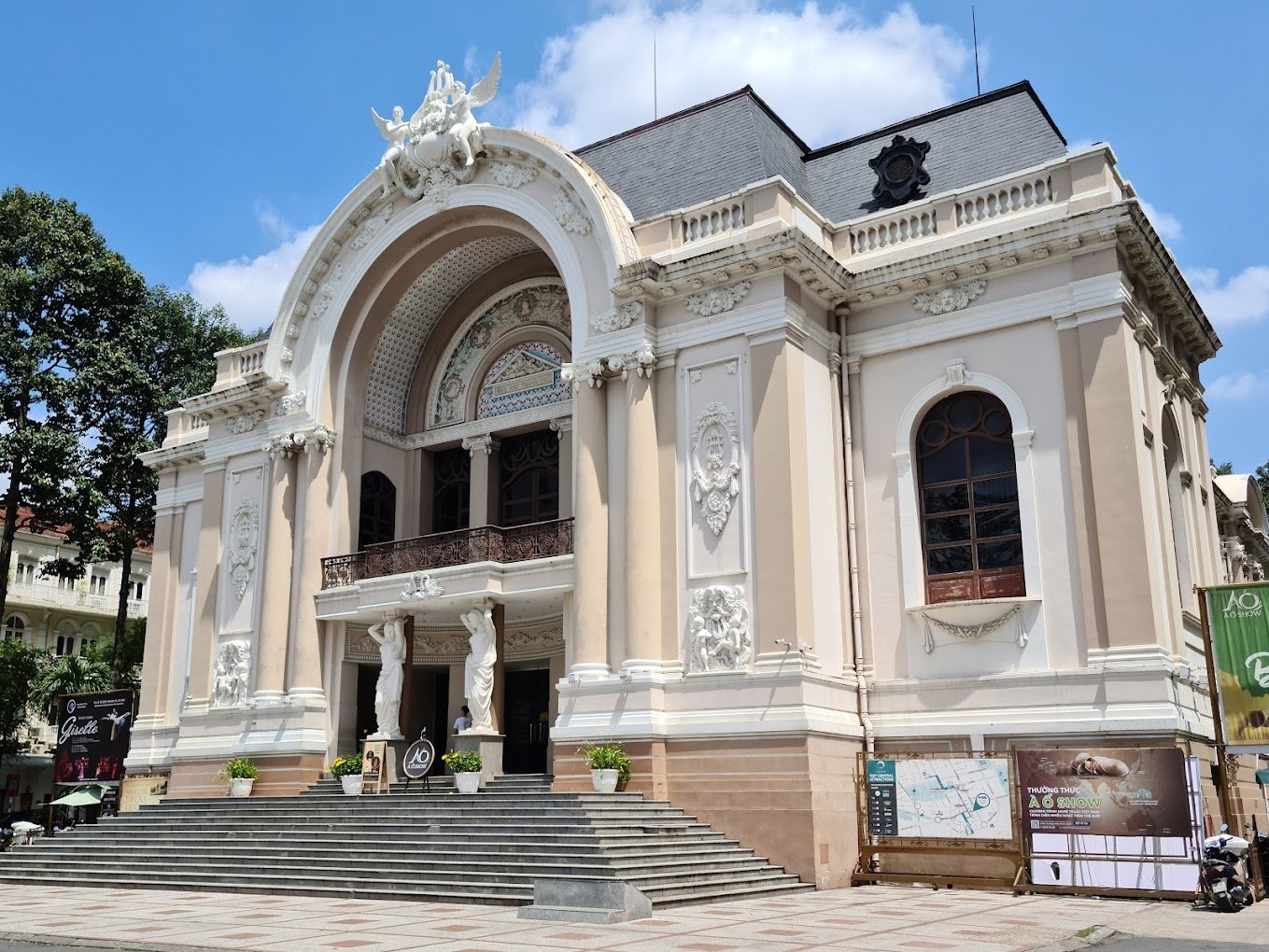
Travel tip: Stay here if you’re looking for easy access, great dining, and iconic sights just steps away. This area is perfect for first-timers who want to explore on foot, enjoy rooftop views, and be right in the heart of the city’s energy. Many top-rated tours, airport transfers, and private drivers also start from here, making it a stress-free base for your trip
Tan Dinh Ward
Formerly: all of Tan Dinh + remaining parts of Da Kao
This northern pocket of District 1 has always been stylish — now it’s officially on the map as Ward Tan Dinh. It’s where old Saigon charm meets slow-paced neighborhood life, just minutes from downtown.
What’s here:
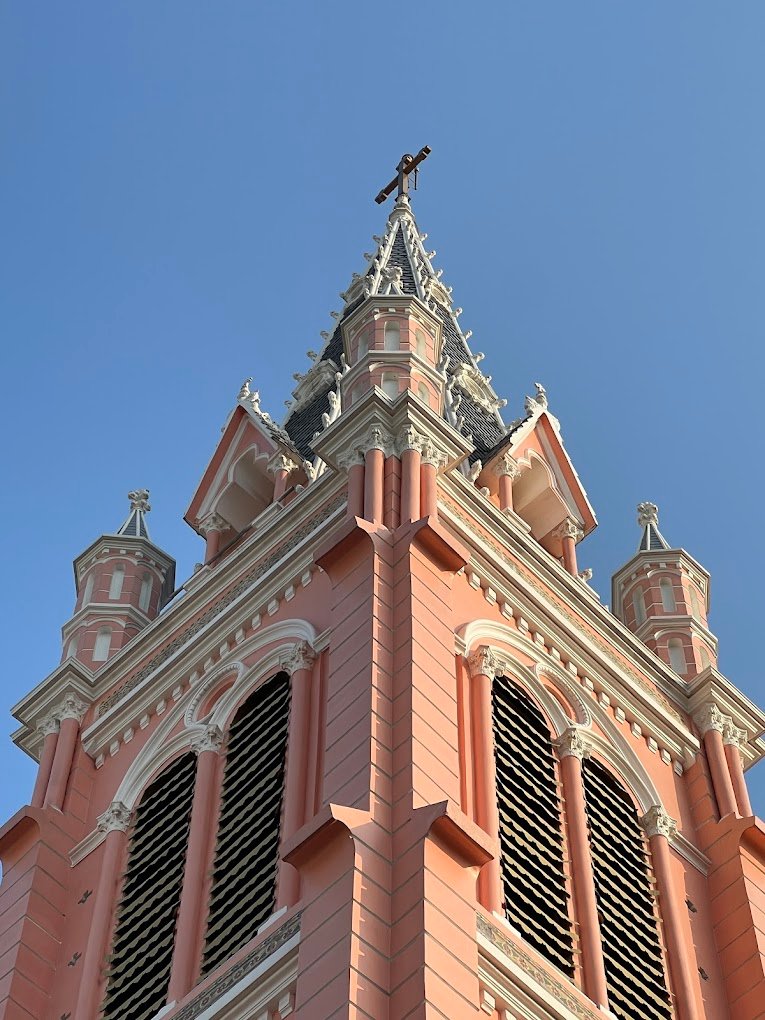
Travel tip: Visit Tan Dinh in the morning to experience its authentic local vibe. Start with a stroll through Tan Dinh Market while it’s bustling with residents shopping for produce and street food. Then grab breakfast at a nearby indie café or bánh mì stall before the afternoon heat sets in. If you’re into photography, this is the best time to catch soft light on the pink church facade and quiet, leafy streets. It’s a peaceful, culture-rich break from the tourist-heavy downtown.
Best Motorbike Food Tours in Ho Chi Minh City:
Best Street Food Motorbike Tour in Ho Chi Minh City – 2300 reviews on Airbnb
Top Notch Street Food Motorbike Tour In Ho Chi Minh City – 1800 reviews on Tripadvisor
Ben Thanh Ward
Formerly: Ben Thanh, Pham Ngu Lao, and parts of Nguyen Thai Binh + Cau Ong Lanh
This ward is the city’s most chaotic and colorful mix — markets, nightlife, motorbikes, backpackers, and local life colliding in every alley.
What’s here:
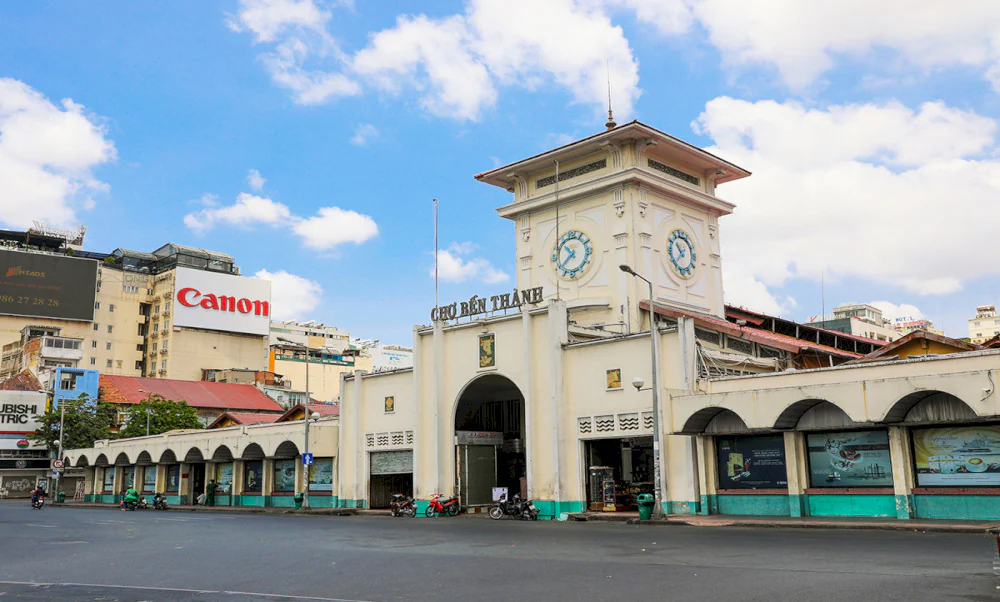
Travel tip: Keep your valuables secure and your curiosity open. This ward is full of energy but also fast-paced and crowded, especially around Ben Thanh and Bui Vien. Wear a crossbody bag, avoid flashing phones or wallets in busy areas, and be mindful of your surroundings.
Ward Cau Ong Lanh
Formerly: Nguyen Cu Trinh, Cau Kho, Co Giang, and part of the old Cau Ong Lanh
This is the grittier, more local side of District 1 — but it’s full of soul, great food, and a growing number of hidden gems. Tourists rarely know the name, but they eat here often.
What’s here:
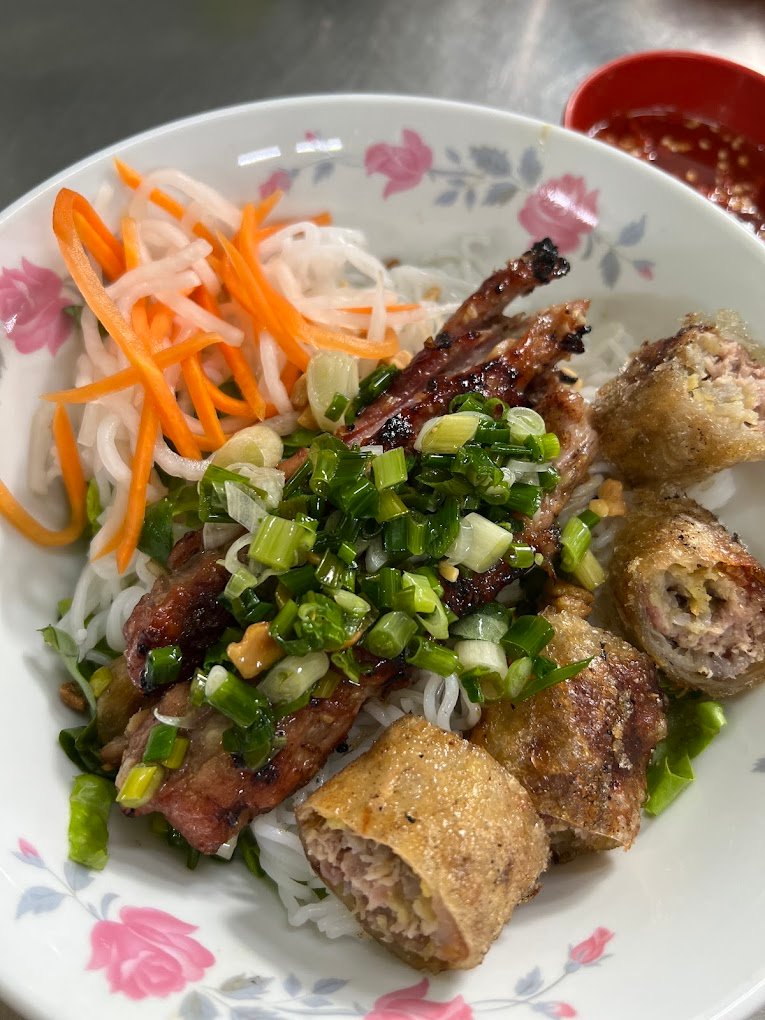
Travel tip: Come hungry and explore by foot in the early evening. Ward Cau Ong Lanh really comes alive after 5 PM when food stalls fire up their grills and the streets fill with locals. Start on Co Giang Street and follow your nose, you’ll find everything from sizzling seafood to sweet chè desserts. Don’t expect polished service but do expect bold flavors and generous portions. It’s safe to walk but stick to well-lit streets and go with a local guide if you’re unsure. This ward is where you taste the real Saigon.
District 3 sits just north of downtown but feels like another world. It’s where tree-lined streets replace neon, and vintage charm takes over the pace. Locals love it for its walkability, food, and architecture — and now, with the city’s restructuring, it’s officially made up of three wards: Ban Co, Xuan Hoa, and Nhieu Loc.
Ban Co Ward
Formerly: Wards 1, 2, 3, 5, and part of Ward 4
This is the most iconic part of District 3, named after the historic Ban Co apartment blocks — a maze of rooftops, hanging laundry, and authentic Saigon life in raw detail.
What’s here:
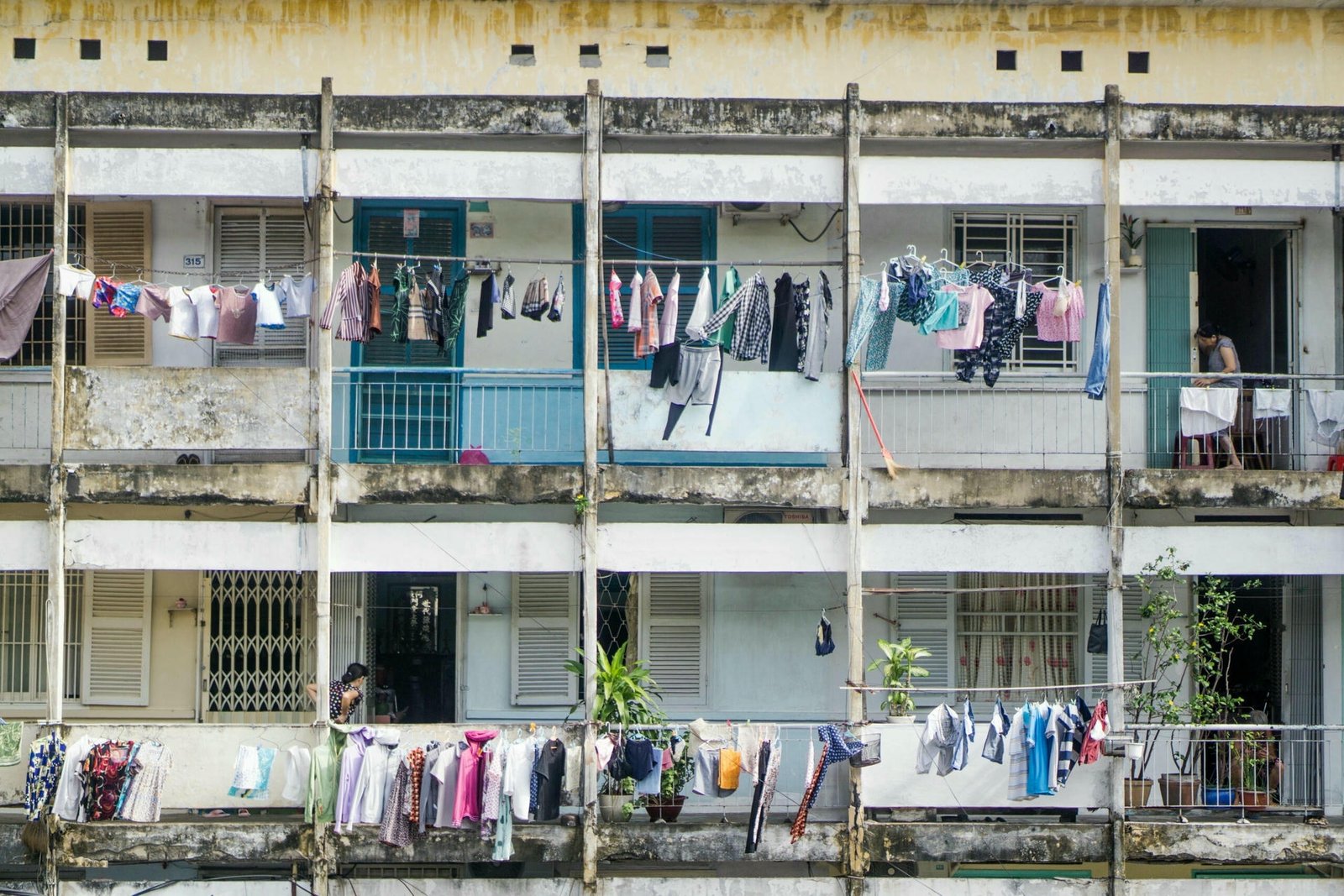
Travel tip: Ban Co Ward is full of narrow alleys, hidden food stalls, and quiet corners that give you a real feel for everyday Saigon. Use Google Maps to drop a pin at your starting point then just wander. Stop for a bowl of noodles, a cup of iced coffee or a chat with a friendly local. It’s safe, welcoming and full of surprises, perfect for travelers who want more than just the highlights.
Best Food Walking Tours in Ho Chi Minh City:
Super Niche Walking Street Food Tour in Ho Chi Minh City – 750 reviews on Tripadvisor
Ho Chi Minh: Original Walking Street Food Tour With Foodies – 200 reviews on Getyourguide
Xuan Hoa Ward
Formerly: Vo Thi Sau and part of Ward 4
This ward brings together French villas, quiet streets, and a more peaceful rhythm of life. It’s one of Saigon’s most elegant neighborhoods.
What’s here:
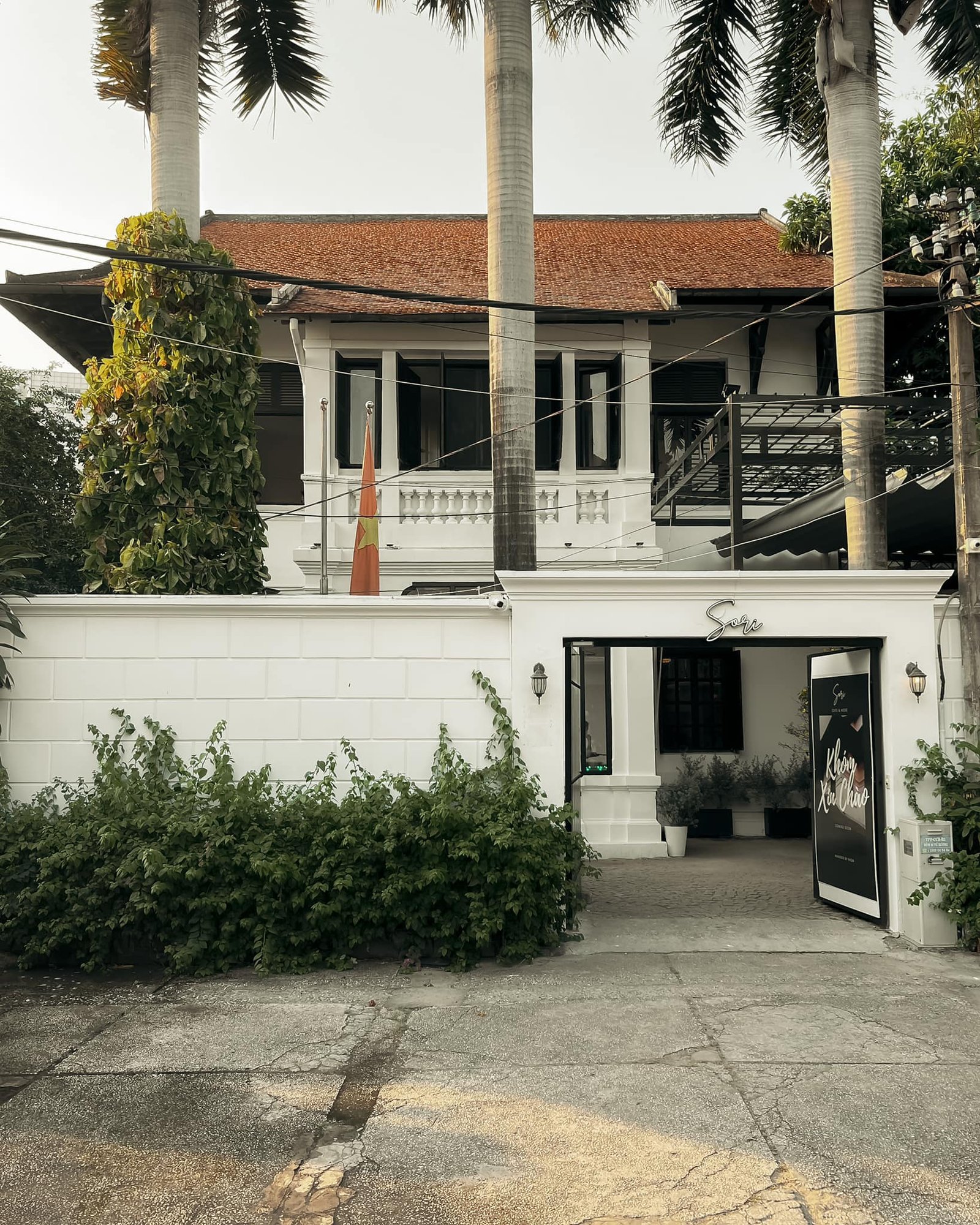
Travel tip: Xuan Hoa is perfect for travelers who want to stay central without the crowds. It’s ideal for digital nomads, solo travelers, or couples looking for charm and calm in equal measure.
Nhieu Loc Ward
Formerly: Wards 9, 11, 12, 14
Named after the Nhieu Loc–Thi Nghe canal, this ward runs along one of Saigon’s greenest, breeziest corridors. It offers slow walks, local cafés, and some of the best hidden street food in the city.
What’s here:
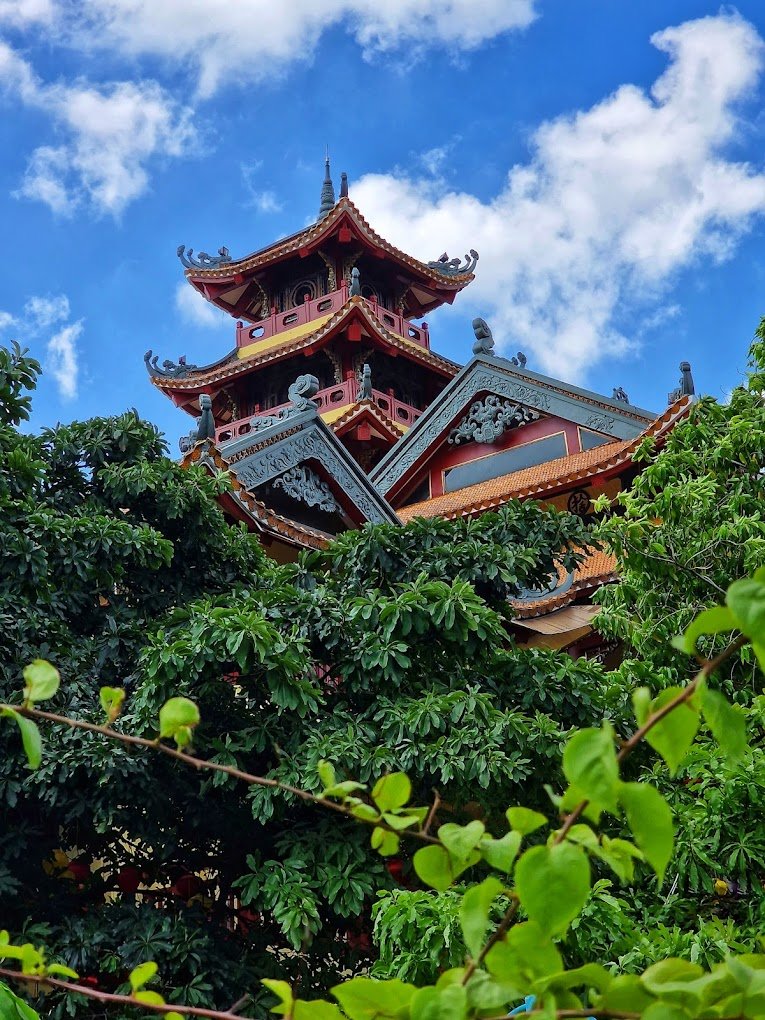
Travel tip: A great base for travelers who enjoy off-the-beaten-path experiences but still want easy access to District 1. Also great for long-stay guests or those wanting a more authentic residential vibe.
Sitting between the glitzy District 1 and the fast-growing Thu Thiem, District 4 has a vibe that’s all its own. It’s famous for street food, especially snails, and has the highest population density in Saigon. Once known for its working-class roots and lively markets, it’s now attracting foodies, photographers, and curious travelers. Since the 2025 restructure, District 4 includes three merged wards: Vinh Hoi, Khanh Hoi, and Xom Chieu.
Vinh Hoi Ward
Formerly: Wards 1, 3, and parts of Wards 2 and 4
This is the gritty, flavorful core of the district. It’s where concrete corridors meet steaming food stalls, and neighborhood life spills into every alley.
What’s here:
Travel tip: Come with an open mind and an empty stomach. Vinh Hoi Ward is loud, lively, and unapologetically local. The streets may feel chaotic at first, but that’s part of the experience. Pull up a plastic stool on Vinh Khanh Street and try dishes you won’t find on most tourist menus. If you’re into photography, the old apartments and market scenes offer raw, real-life snapshots of Saigon. It’s best explored in the evening when the food scene is at its peak and the streets buzz with energy.
Khanh Hoi Ward
Formerly: Wards 8, 9 and parts of Wards 2, 4, and 15
The most modern-feeling part of District 4, Khanh Hoi has a bit more space, air, and riverside breeze. It’s also the easiest entry point from downtown, connected by multiple bridges to District 1.
What’s here:
Travel tip: Good for travelers staying in District 1 but wanting to explore beyond the usual. Walk or ride across Khanh Hoi Bridge around sunset for the best views.
Xom Chieu Ward
Formerly: Wards 13, 16, 18 and part of Ward 15
This is Saigon affordability at its best. Small homes, endless alleyways, and food that’s cheap, fast, and unforgettable.
What’s here:
Travel tip: Don’t come here for luxury, come here for life. Xom Chieu is where you’ll find locals gathering around steaming pots, teenagers practicing guitar, and vendors remembering your order by heart after just one visit.
Welcome to Cho Lon – the city’s original Chinatown and one of the oldest urban neighborhoods in Vietnam. Once its own city before merging with Saigon in the 1930s, Cho Lon still holds onto a rhythm all its own.
Red lanterns hang over narrow alleys. Incense wafts out of hidden temples. Herbal medicine shops, roast duck windows, gold merchants, and dim sum houses all sit side by side. It’s less about sightseeing here and more about soaking up the atmosphere and if you’re hungry, it’s paradise.
The area has been restructured into three new wards: Cho Quan, An Dong, and Cho Lon.
Cho Quan Ward
Formerly: Wards 1, 2, 4
Cho Quan is the gateway to Cho Lon’s historic grid. It’s where temples, hospitals, and timeworn storefronts form a calm and slightly faded contrast to the rush of downtown.
What’s here:
Travel tip: Walk this ward slowly. The deeper you go, the more you’ll notice such as hand-painted signs, tiled floors, and family-run shops that haven’t changed in decades. Perfect for culture-focused travelers and urban sketchers.
An Dong Ward
Formerly: Wards 5, 7, 9
If you’re into fashion, fabric, and gold jewelry, An Dong is where Saigon gets tailored. It’s flashier than its neighbors but still deeply local.
What’s here:
Travel tip: This is the place to come if you want to buy fabric for ao dai, get clothes tailored, or pick up jewelry at better prices than in District 1. Morning is best for a more relaxed experience.
Cho Lon Ward
Formerly: Wards 11, 12, 13, 14
This is the true heart of Cho Lon — the spiritual and cultural center of Chinatown. It’s busy, fragrant, colorful, and endlessly photogenic.
What’s here:
Travel tip: If you want dim sum, roast pork, or Cantonese noodles, come here early. Mornings are best for temples too. Bring cash, wear comfortable shoes, and don’t expect anyone to speak English — which is part of the adventure.
Two of the most talked-about neighborhoods in Ho Chi Minh City, Thu Thiem and Thao Dien, have officially become part of a new administrative unit called An Khanh Ward in Thu Duc City.
This change might not seem like a big deal at first. The streets, cafés, and river views are still the same. But for travelers, it can affect things like maps, addresses, booking platforms, and even where your tour starts.
📌 Key Facts
What It Means for Travelers
Traveler Tip: If you’re booking a tour with hotel pickup, double-check whether your hotel is listed as being in An Khanh Ward or by its older name. Provide both to your guide or driver just to be safe.
Thu Thiem is clean, quiet, and still largely under construction — but the vision is clear. Wide boulevards cut across empty lots, luxury condos rise behind glass walls, and riverside parks offer front-row views of District 1’s skyline.
This is where Saigon is building its future: financial towers, international schools, cultural hubs, and some of the city’s most expensive real estate. But it’s also a peaceful escape — for now.
What’s here:
Travel tip: Great for a breezy motorbike ride at sunset. It’s peaceful and photogenic — but not yet buzzing with nightlife. Bring snacks, a camera, and an open mind.
Thao Dien: Once a quiet riverside village, Thao Dien has grown into Saigon’s unofficial expat enclave. It’s where you’ll find yoga studios next to craft breweries, bilingual schools next to bánh mì carts, and riverside villas next to late-night wine bars.
But Thao Dien isn’t just for foreigners — it’s a cultural mashup where old meets new, east meets west, and families walk their dogs while street vendors fry up gỏi cuốn. It’s walkable, calm, and full of character.
What’s here:
Travel tip: Perfect for longer stays, remote workers, and families with kids. There’s less chaos here, but enough variety to keep things interesting. Taxis and bikes still connect you to District 1 in under 20 minutes.


